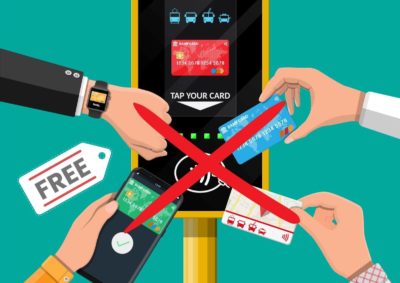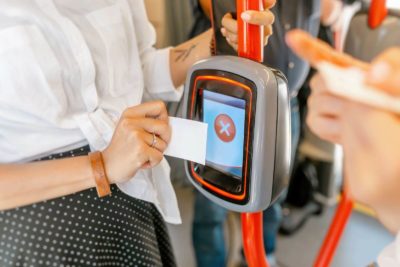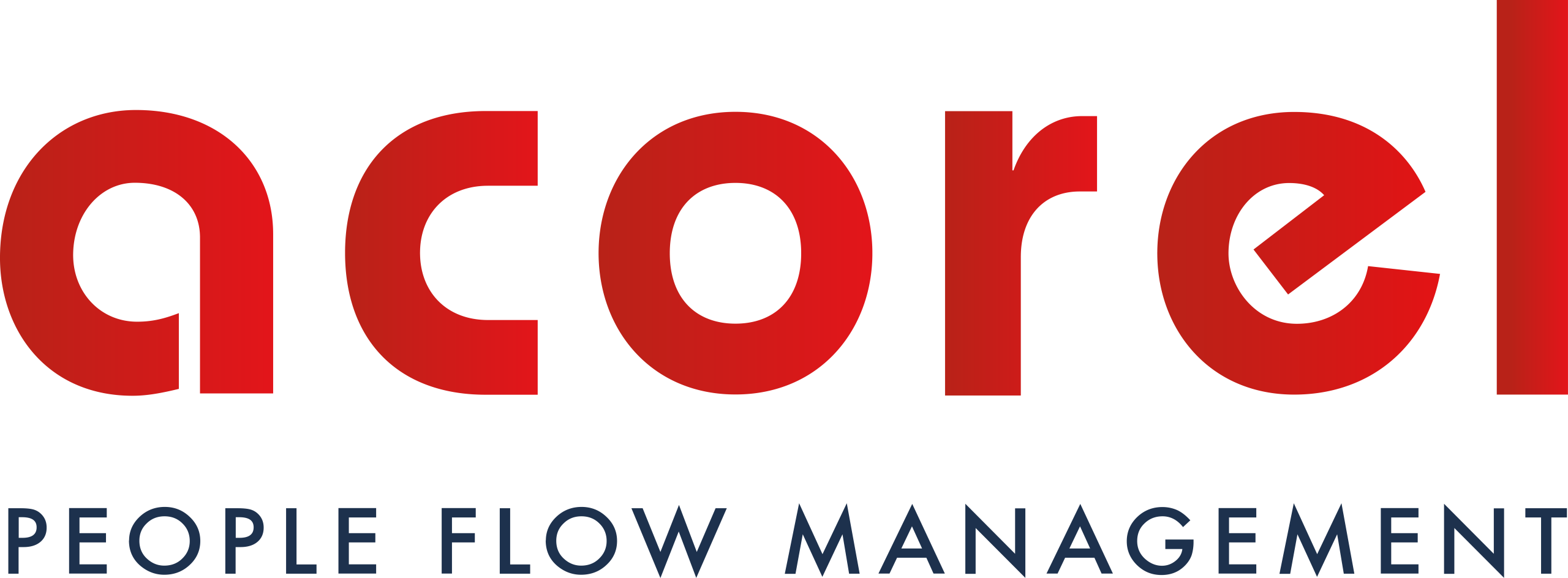How to combat fraud through counting ?
The fight against fare evasion represents a real economic and societal challenge.
Indeed, public transport is a reflection of society. They reflect a lack of social cohesion, persistent incivilities and also the financial difficulties of some people in buying a ticket or a season ticket. This is why several municipalities have decided to offer free access to their transport network as mentioned in the previous article

It is also a financial issue because the economic losses are non-negligible
- In 2015, the Court of Auditors estimated that fare evasion in public transport represented an average of 5% of commercial revenue, i.e. around €500 million.
- In its 2020 case study, Transdev estimates the fare evasion rate on its network at 12.3%, i.e. around 40 million euros in losses.
- According to Transfare’s June 16, 2020 article “Fare evasion impact”, Washington DC is estimated to have lost $40 million (€33.6 million) on its bus and metro system in 2019. New York’s Metropolitan Transportation Authority (MTA) lost $215 million (€181 million)

Fraud and cost management
All these figures are estimates since transport operators have difficulties to get the real data on the number of people who evade the fare. (Moreover, when we talk about people who evade the fare, we are talking about wrong ticketing statistics, as they are not counted).
This is where the automatic counting of people comes into play. Indeed, the cross-referencing of data from the precision counting system with that from the ticketing system makes it possible to obtain the real fare evasion rate and therefore factual figures. The operator can then exploit this fare evasion data at different levels: spatio-temporal mapping, historical and predictive data, real-time analysis, targeting of the fare evasion peak, planning of control actions, etc.
This type of solution represents a real return on investment. Indeed, in addition to the financial losses linked to fare evasion, resources are also mobilised (ticket inspectors, police officers, installation of gates, etc.). All this represents a significant cost for transport operators. A transport network equipped with an automatic counting system will be able to optimise actions linked to the fight against fare evasion. Finally, in order to naturally reduce the economic impact, it is essential to put in place an efficient strategy to reduce the fare evasion rate.
